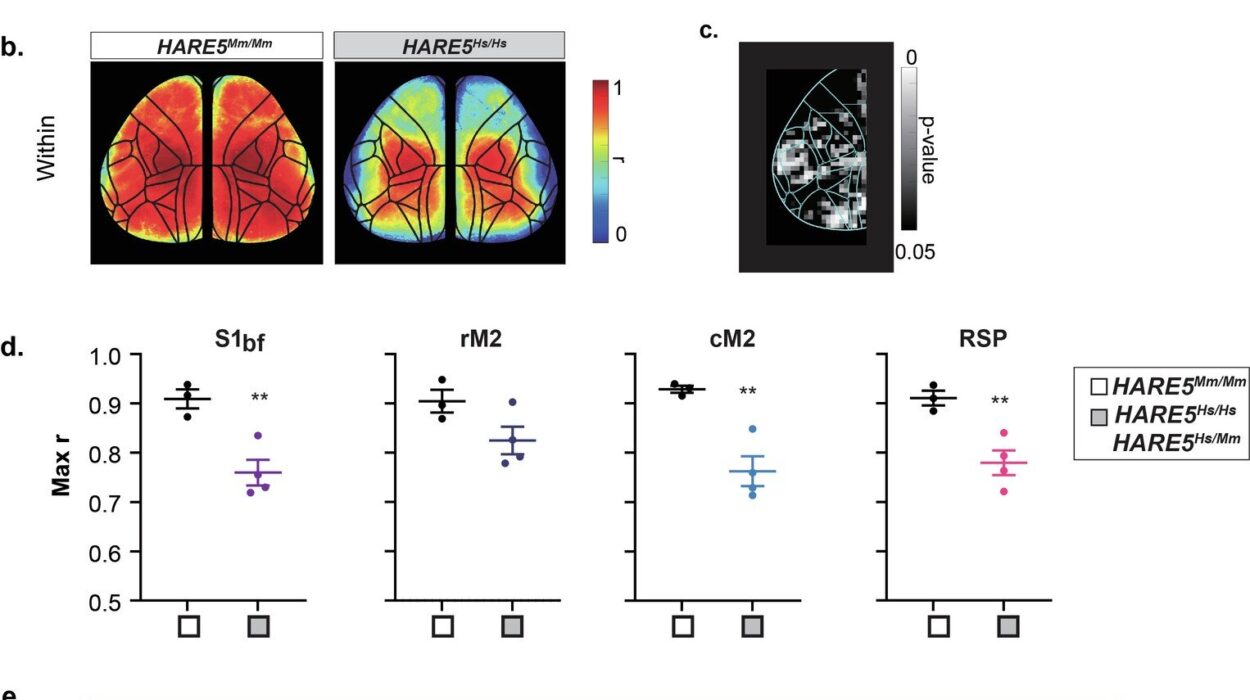In a culture that endlessly spotlights appearance, it’s easy to forget that the human body is more than a visual symbol—it’s an emotional, relational, and deeply intimate vessel. A new study out of Poland casts a powerful light on a subject rarely discussed: how body weight intersects with sexual health and overall well-being in women of reproductive age. The findings are provocative, but not for shock value—they’re urgent because they reveal the quiet burdens many women carry in silence.
Beyond the Bedroom: Weight and Sexual Well-Being
Researchers led by Anna Fuksiewicz, and published in Psychiatria Polska, examined the sexual lives of 95 Polish women aged 18 to 40, grouped by body weight: 51 of them had a body mass index in the normal range, 32 were classified as obese, and 12 as overweight. The results weren’t just about numbers on a scale—they were about quality of life, mental health, and the painful nuances of desire.
What they found was striking. Overweight and obese women reported significantly more symptoms of sexual dysfunctions and sexual preference disorders than their normal-weight peers. These issues weren’t isolated—they were entangled with higher rates of anxiety, depression, disordered eating, emotional dysregulation, and ultimately, a diminished quality of life. The message was clear: sexuality doesn’t exist in a vacuum. It is shaped—subtly and profoundly—by how a woman feels in her own skin.
What Are Sexuality-Related Disorders?
Sexuality-related disorders are a complex cluster of conditions that interfere with one’s ability to engage in, enjoy, or even desire sexual experiences. They’re not merely inconveniences. These disorders often carry emotional weight, causing distress, relationship strain, and lowered self-esteem.
Sexual dysfunctions in women may manifest as difficulty with desire, arousal, orgasm, or pain during intercourse. Disorders like female sexual interest/arousal disorder, female orgasmic disorder, and genito-pelvic pain/penetration disorder can significantly erode a woman’s sense of sexual agency.
On the other hand, sexual preference disorders, also known as paraphilic disorders, involve atypical patterns of sexual interest. These might include voyeurism, fetishism, or masochism, but it’s important to stress: in clinical settings, such preferences are only considered “disorders” when they cause significant distress or impair day-to-day functioning. These are rarer in women, but the study suggests their impact shouldn’t be overlooked.
A Body That Betrays: The Psychological Toll of Weight Stigma
Why does weight seem so intricately tied to sexual well-being? Part of the answer lies not in the body itself, but in how society treats that body.
Overweight and obese women often internalize negative cultural messages about desirability, worth, and sexual attractiveness. The result is a complicated emotional landscape where shame, self-objectification, and fear of rejection flourish. This psychological burden may contribute to anxiety around sexual intimacy, fear of being seen, or even dissociation during sex.
In the study, overweight and obese women scored worse across multiple psychological domains: they had higher levels of anxiety and depression, poorer emotional regulation, and more maladaptive beliefs about food—all of which have known associations with sexual dysfunction.
The Quality of Life Equation
What’s particularly telling about this research is the way it connects sexuality to overall quality of life. Women who reported more symptoms of sexual dysfunction also reported a lower quality of life across multiple areas—emotional, relational, and physical. In fact, the study found that sexual health was among the strongest predictors of life satisfaction, even more so than weight alone.
This is a reminder that sexual well-being isn’t a luxury—it’s a core component of holistic health. It’s not just about pleasure or reproduction; it’s about connection, confidence, and being seen and accepted as a whole person.
More Than Just Numbers: The Human Face of Data
It’s easy to reduce studies like this to data points: percentages, BMI cutoffs, p-values. But behind each number is a woman who perhaps dreads intimacy, who maybe flinches when the lights come on, or who has stopped hoping that sex could ever feel fulfilling.
For many, that sense of withdrawal begins not with the first unwanted touch or unsatisfying night—but with the small, daily ways the world tells them their bodies are too much, too wrong, too undesirable.
The women in this study were not just grappling with body image. They were navigating the intersection of physical health, mental health, and sexual identity—an intersection filled with potholes that few talk about.
Unpacking the Intersections: Food, Emotions, and Sex
Interestingly, the study also explored participants’ eating attitudes and beliefs about food. Overweight and obese women were more likely to have maladaptive beliefs about eating, including emotional eating or using food to cope with stress—factors that themselves are entangled with mood disorders and poor self-image. These eating patterns can create a vicious cycle: emotional distress leads to disordered eating, which exacerbates body dissatisfaction, which in turn leads to further emotional and sexual distress.
Emotional regulation also played a key role. Women who had difficulty managing intense feelings—especially shame, anxiety, or sadness—were more likely to experience sexual dysfunction. This suggests that interventions focusing solely on weight loss may miss the mark. What many women need is not just a new meal plan, but psychological support that addresses self-worth, emotional trauma, and relationship health.
Limitations, But No Less Urgency
As robust as the findings are, the study has limitations. The sample size—only 95 women—is small, and the participants were drawn from a specific cultural and geographic context. It’s unclear how these findings would translate across different populations or age groups. Also, the study design was correlational, meaning it cannot prove cause and effect.
Still, the trends are powerful, and they echo findings from earlier studies. One 2008 paper in the Journal of Sexual Medicine found that nearly 70% of overweight women reported dissatisfaction with their sexual lives. These aren’t isolated signals—they’re part of a broader pattern.
Moving Toward Healing: What Can Be Done?
If the problem is multi-layered, the solution must be too. The first step is acknowledgment. Healthcare providers must become more comfortable talking with patients about sexual health, especially when it intersects with mental health and body image. This means training doctors, therapists, and sexologists to approach these conversations with sensitivity, not stigma.
There’s also a cultural shift needed. We must dismantle the deeply ingrained idea that sexual worth is tied to thinness. Desire is not the exclusive domain of a particular body type. It is a human right, and it flourishes best in environments of acceptance, vulnerability, and care.
Finally, we need more research—larger, more diverse studies that dig deeper into the lived realities of women navigating body weight, mental health, and sexual well-being. Because only with more knowledge can we begin to change the narrative.
Conclusion: A Call for Compassionate Inquiry
The study by Fuksiewicz and her team gives us more than statistics—it offers a mirror. It reflects the hidden costs of how we think about women’s bodies, sexuality, and health. For the overweight woman who wonders if she’s alone in her struggle, this research says: you’re not. Your body is not broken. Your desire is not shameful. And your health is more than a number on a scale.
What’s needed now is a broader, more compassionate lens—one that sees women not as categories, but as complex, feeling, desiring beings. Because sexual health isn’t just a clinical term. It’s a lived experience, deeply personal, and profoundly human.






